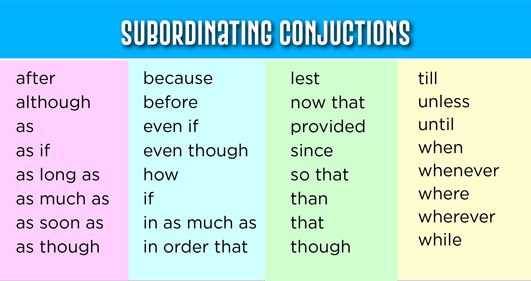Thursday 11th June 2020, Elm Class learning
Spellings: This week, we will be looking at words ending ‘ion’ and ‘ian. These endings could be spelt ‘tion’, sion, ssion or cian. Here are the rules for when to use each at the end of a word:
Clues about whether to put t, s, ss or c before these suffixes often come from the last letter or letters of the root word. –tion is the most common spelling. It is used if the root word ends in t or te.
–ssion is used if the root word ends in ss or –mit.
–sion is used if the root word ends in d or se.
Exceptions: attend – attention, intend – intention.
–cian is used if the root word ends in c or cs.
Your task today: Can you practice some of your words you have collected in your neatest handwriting? Choose two words from each of the different endings to practice.
Arithmetic: This week, we will be revisiting adding and subtracting fractions with different denominators. We have done this plenty of times before, so this is just revision. If you have forgotten how to do this follow these steps:
1. If the fraction is a mixed number, convert it into an improper fraction first (See the MAD instructions attached to the post).
2. If the fractions have a different denominator (the bottom number of the fraction), you need to find a common multiple of each number of the fractions so they both have the same denominator.
For example: 3/9 + 2/18, I could multiply 3/9 by two so the new fraction would be 6/18 (Remember, if you multiply a fraction to change the denominator, you must remember to multiply the top and the bottom of the fraction).
3. When the denominators are the same, you can add or subtract the fractions, so 6/18 + 2/18 = 8/18
I have attached a video to this post on how to do this, if you need more of an explanation.
Can you have a go at these?
3/9 + 2/7=
1 3/8 + 2/6=
1 2/5 + 5/8=
7/9 + 3/6=
Grammar: Continuing with looking at different sentence types and sentence structures, today we are going to look at main clauses and subordinate clauses; Main clauses in a sentence make sense by themselves and could be a standalone sentence. Subordinate clauses do not make sense by themselves, but add more information to the sentence. They start with a subordinate conjunction. Using the subordinate conjunctions below and the independent clauses on the activity, can you create a subordinate clause to add onto each independent clause?
English:
L.O. To read up to the end of page 11 (up to chapter 7).
As you read, really consider the character of Stanley. What are we learning about him? DO you like him? Why? Why not?
Maths: Today’s Investigation!
Numbers to 30!
Using the digits 1, 2, 3 and 4 and +, – , x and ÷ symbols can you make the numbers from 1 to 30?
Each of the numbers has to be used every time, for example 1 + 2 + 3 + 4 = 10.
Topic: Our human body topic today: Our life cycle.
Can you have a go at one of the suggested activities below?
• Write a detailed life cycle of a human.
• Compare the life cycle of a human to another animal.
• Compare the life cycle of a human to a plant.
• Find out the different stages of development for a baby to child. What have you already learnt how to do?
• Why can some animals do everything they need to do as soon as they are born? Why can’t we?
If you would like to post any work or send it to me, I would love to see your creations!
Stay safe,
Miss Coates.




